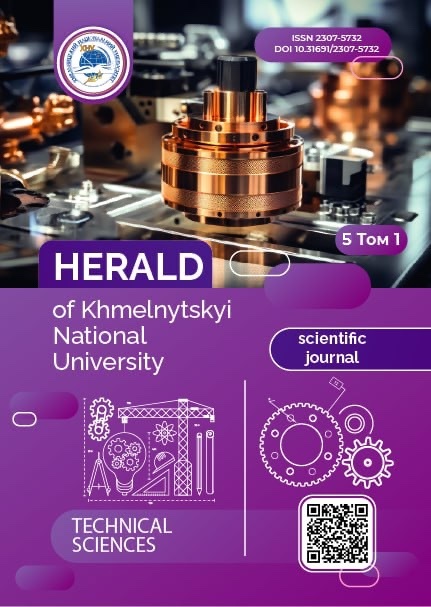INFORMATION TECHNOLOGIES IN CONTROL SYSTEMS OF UNMANNED AERIAL VEHICLES
DOI:
https://doi.org/10.31891/2307-5732-2025-357-38Keywords:
unmanned aerial vehicle, control, neural network, Kalman filter, reinforcement learning, trajectory planning, swarm systems, adaptive control, autonomous navigationAbstract
This review article presents a comprehensive survey of contemporary information-processing technologies deployed in unmanned aerial vehicle (UAV) control systems. We first examine the fundamental six-degree-of-freedom dynamics that underpin UAV flight, detailing both fully nonlinear formulations and their linear approximations used for control design and simulation. Classical control algorithms—PID, LQR/LQG, sliding-mode, and model predictive control—are evaluated in terms of stability, robustness, and computational demand. We then explore the integration of machine-learning techniques, including feed-forward, recurrent (LSTM/GRU), and deep convolutional neural networks, which enable adaptive compensation of nonlinearities, predictive trajectory generation in dynamic environments, and vision-based obstacle recognition.
Next, we address the challenge of sensor fusion and state estimation, contrasting the performance of traditional Kalman-filter variants (KF, EKF, UKF) with hybrid architectures that embed LSTM networks to model non-Gaussian noise and federated Kalman filtering strategies to isolate sensor failures. Through recent case studies, we demonstrate that these neuro-hybrid filters significantly enhance positional accuracy and resilience under severe signal degradation.
The article then turns to mission-level planning, reviewing deterministic graph-search (A*, D*, RRT), population-based optimizers (genetic algorithms, particle-swarm optimization), and reinforcement-learning frameworks (DQN, PPO) for real-time path planning and swarm coordination. Emphasis is placed on multi-agent reinforcement learning approaches, which allow decentralized UAV swarms to learn cooperative behaviors and energy-aware routing policies.
Finally, we discuss swarm-level architectures for communication and control, highlighting mesh-network topologies and distributed consensus algorithms that ensure scalability and fault tolerance. The review concludes by identifying open research directions: the development of energy-efficient hardware accelerators (FPGA/ASIC), AutoML for automated model selection, and tighter integration of learning-based methods with formal safety guarantees. Together, these advances herald a new generation of UAV systems capable of fully autonomous operation in complex, uncertain environments.
Downloads
Published
Issue
Section
License
Copyright (c) 2025 ІГНАТ МИРОШНИЧЕНКО (Автор)

This work is licensed under a Creative Commons Attribution 4.0 International License.

